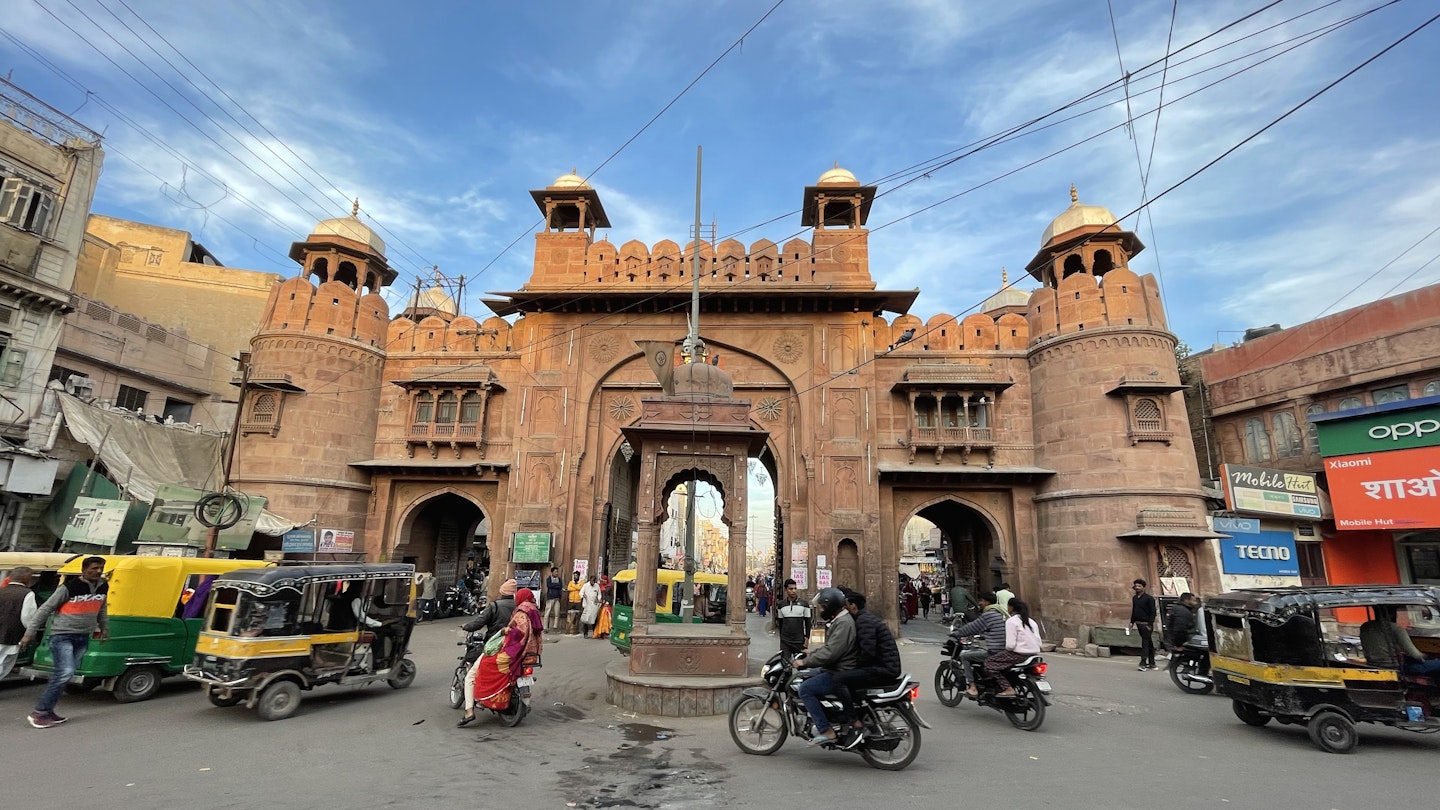Getting Around India: A Comprehensive Guide
India serves up travel on a massive scale. How massive? Well, India’s 28 states and 8 union territories cover nearly 3.8 million sq km, and the distance from the far north of Ladakh to the southern tip of Tamil Nadu is more than 3200 km (1988 miles) – greater than the distance from London to Istanbul.
Getting from one end of this vast country to the other takes time and effort. Luckily, India’s magnificent rail network is on hand to do much of the heavy lifting, with more than 13,000 trains running daily on 68,103 km (42,317 miles) of track, carrying a staggering 8 billion passengers per year. Moreover, low-cost flights connect every corner of the country, from the temple towns of South India to the historic cities of the northern plains.
Taking the Train: An Evocative Experience
Traveling by train in India is the most atmospheric way to explore the country, even accounting for the aging facilities on some parts of India’s vast rail network. Fares are extremely pocket-friendly and trains connect almost every corner of the country. High-speed Vande Bharat trains have recently started appearing on routes between major cities, offering a step up in comfort and convenience, with wide aisles and powerful air-conditioning.
Indian Railways operates almost all of the nation’s trains, classified by name and number, as well as by categories of service including Express, Passenger and Mail. Express services are generally the best, with fewer stops at minor stations.
A Quick Guide to Booking Train Tickets
India’s trains offer many different classes, each with significant price variations. Air-con 1st class (1AC) offers the most comfort, while reserved sleeper classes are good for overnight trips. Unreserved 2nd class is an incredibly cheap, although often crowded option, best saved for short journeys in the countryside.
If the train appears to be fully booked, you may still be able to secure a seat via the Waiting List (WL) option. Train tickets can be booked at stations or online, though using the official Indian Railways website can be complicated for some travelers.
Buses: The Backbone of Indian Travel
India’s extensive and impressive bus network, operated by both state-owned and private companies, runs almost everywhere at nearly any time. However, some travelers tend to avoid night buses due to safety concerns about reckless driving.
“Ordinary” buses are extremely cheap, though they stop often and can be very crowded. Private companies generally charge slightly more but offer more convenient services. If you opt for an overnight bus, be sure to check the arrival time to avoid being dropped off too early in the morning.
Shared 4WDs: Ideal for the Himalayas
For mountainous regions, shared 4WDs provide a popular alternative to buses, particularly for reaching hill stations. While a bit more expensive, they offer a comfortable and reliable way to navigate challenging terrains that buses may not access safely.
Motorcycles and Rental Cars: Explore on Your Own
Renting motorcycles and scooters is a common practice in India, especially for long-distance trips across the Himalayas. Always ensure you have an international driving permit, and if you prefer to avoid the challenges of self-driving, renting a car with a driver is a reasonable alternative among groups.
Taxis and Rideshares for Short Distances
Taxis can be easily found and hired for various trips. Although taxi meters are often not used, negotiating a fare upfront is advisable. Rideshare apps like Uber and Ola offer additional options, and while their services may vary by location, they provide convenience for many travelers.
Urban Transport: Cheap and Frequent
Urban transport options include busy city buses, rickshaws, and metro systems in larger cities, making getting around feasible and economical. Auto-rickshaws are quite popular for short trips; however, it’s essential to discuss the fare before starting the journey.
Boat Cruises for Atmospheric Navigation
Ferries operate across many regions, offering scenic boat rides, especially along major rivers. Luxury multiday cruise services on the Ganges and Brahmaputra provide unique experiences. In rural areas, expect delightful cross-river trips by wooden boats or coracles.
Domestic Flights: Time-Saving Options
Domestic air travel has seen significant growth, offering bargain fares and increased connectivity. Though many travelers prefer alternative transportation methods for their lower carbon footprint, flights can save valuable time in certain regions.
Accessibility: Challenges and Solutions
Traveling in India can be particularly challenging for those with mobility issues due to variable infrastructure. While support from locals is often available, being accompanied can greatly ease the experience. Although there are limited options for accessible transportation, some travel agencies cater to travelers with disabilities.





